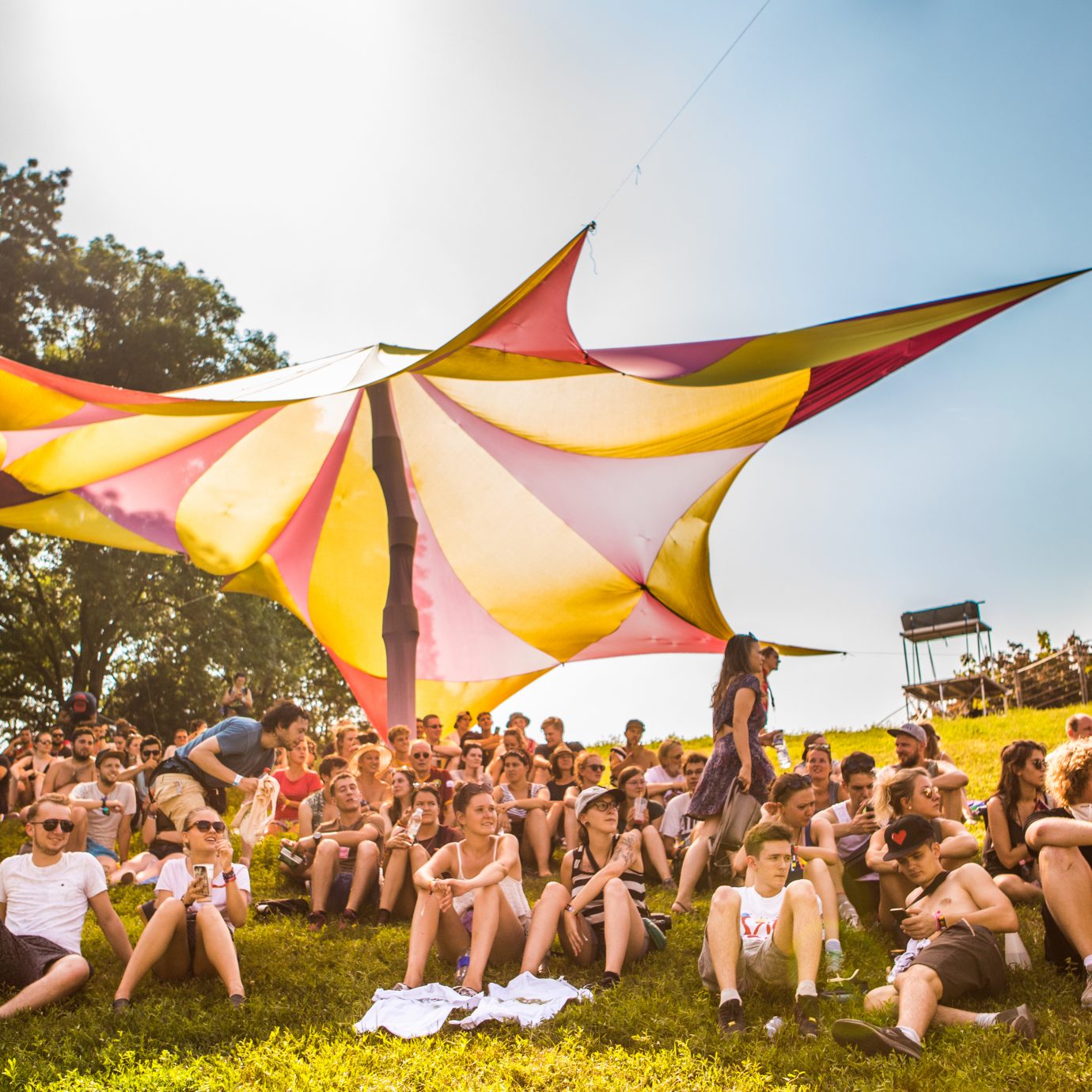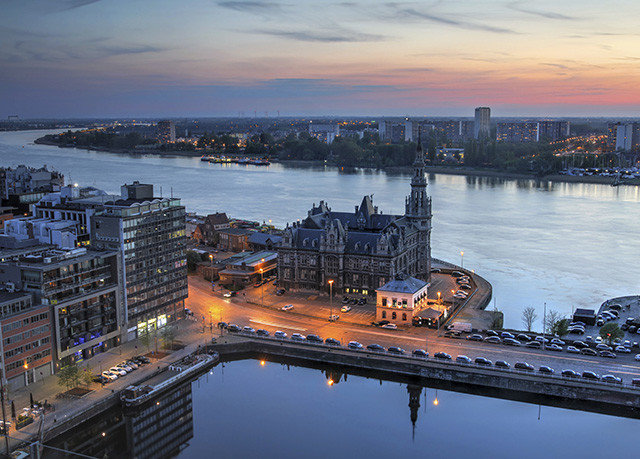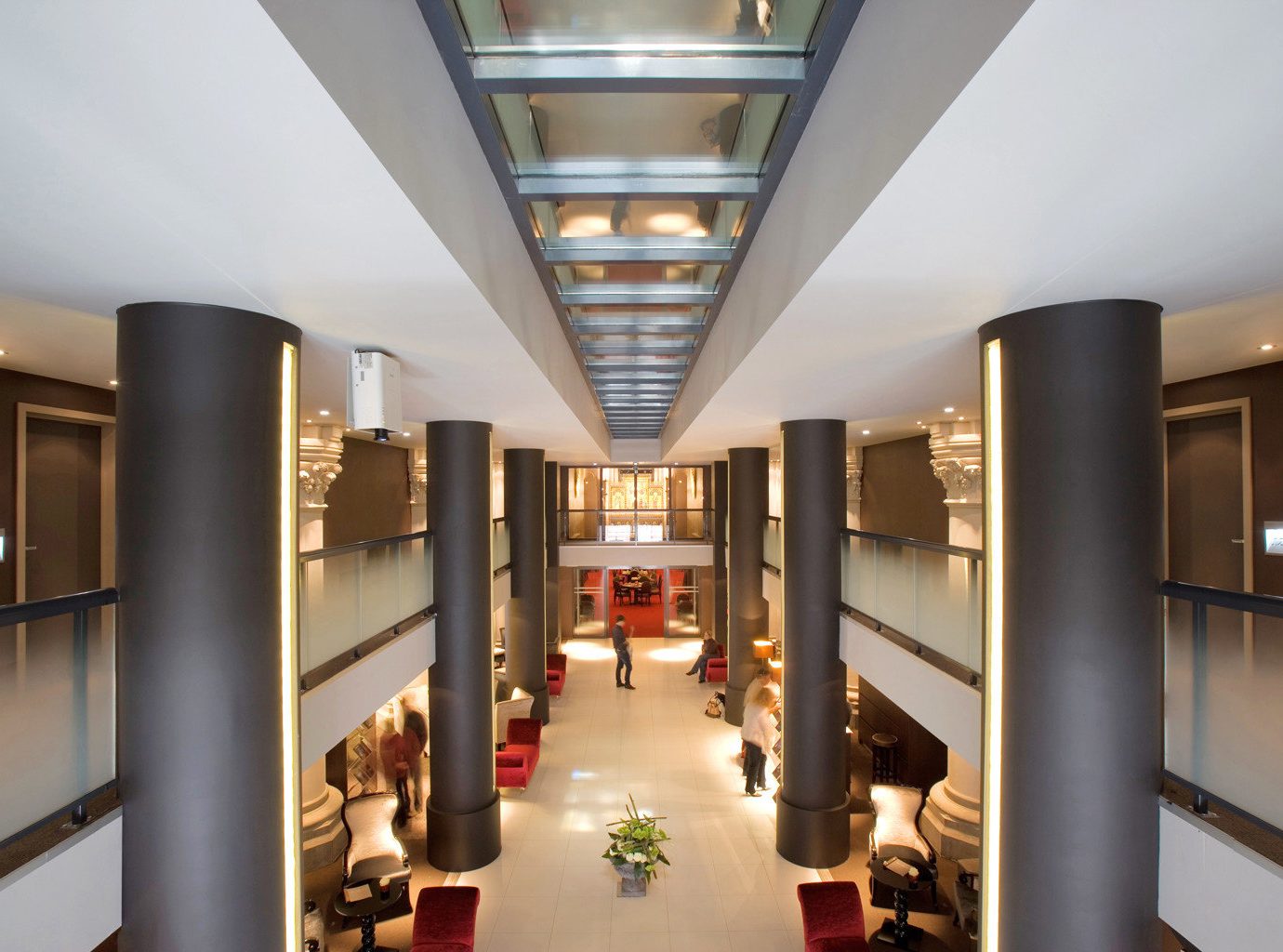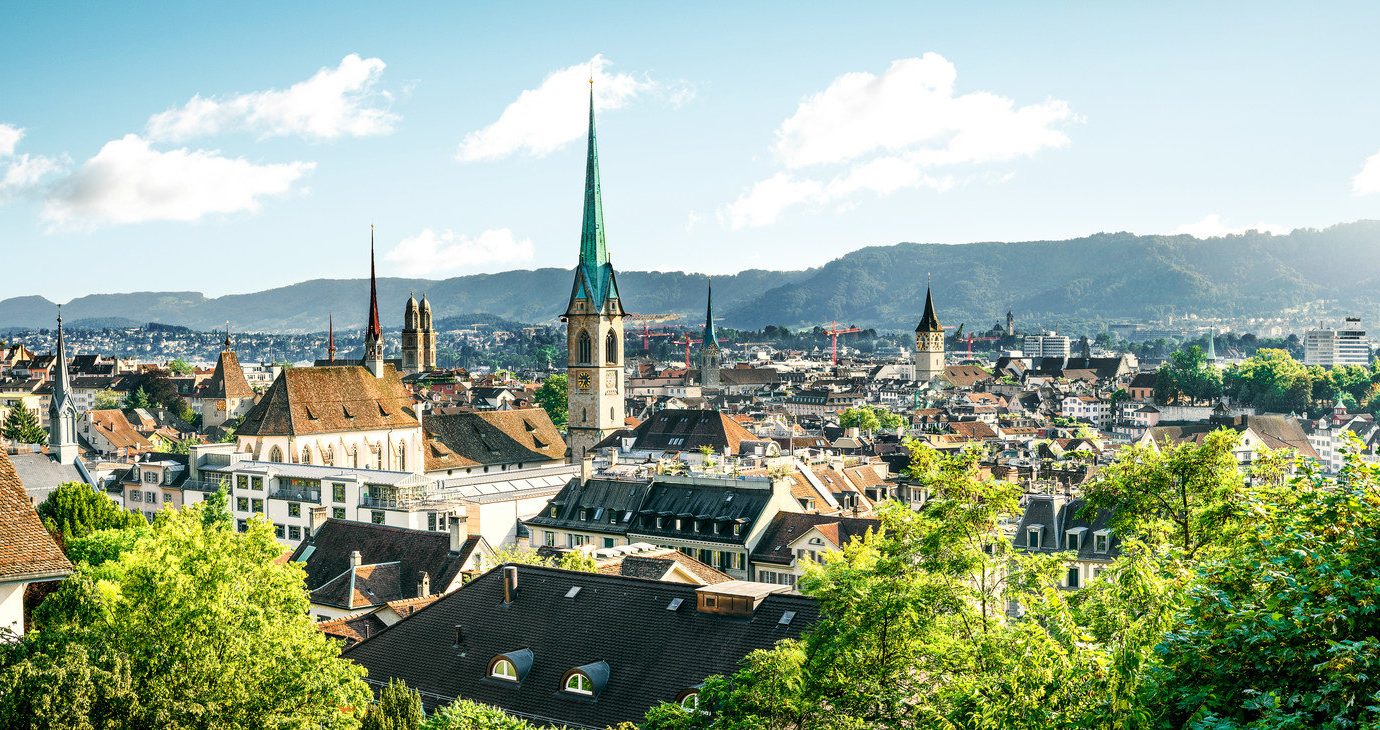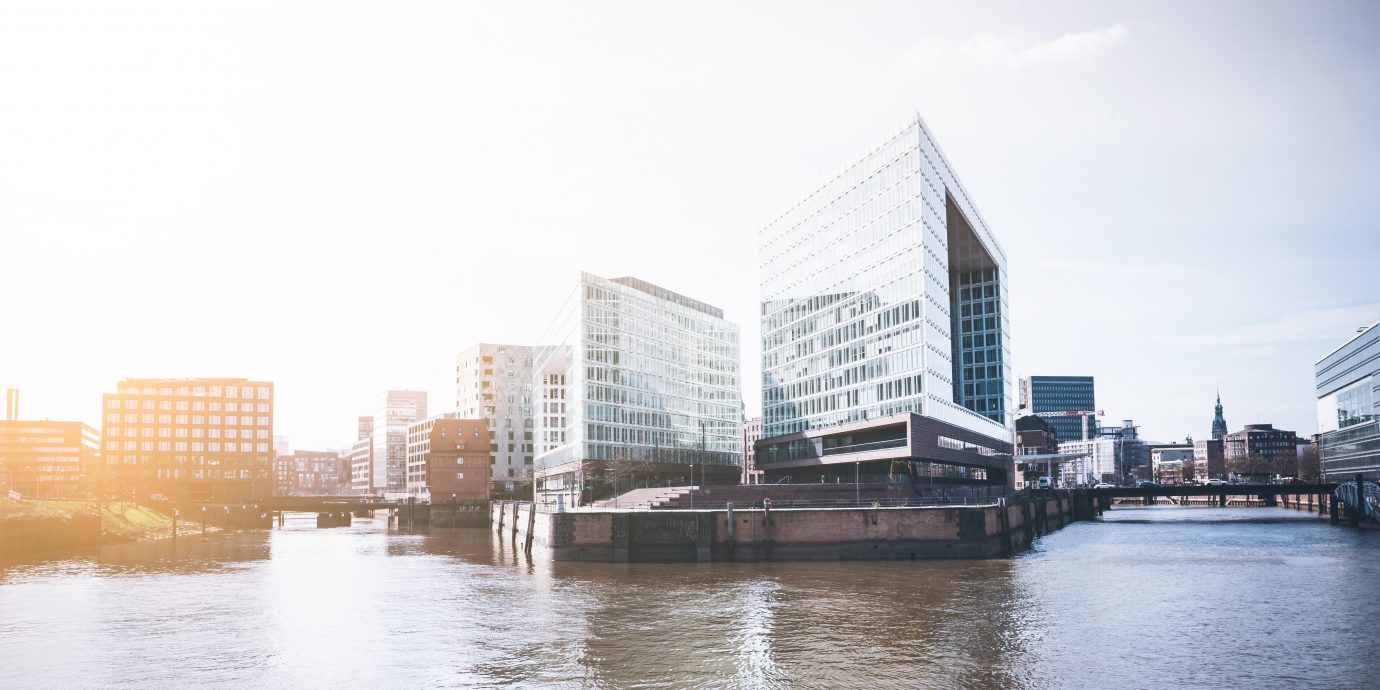
The World’s Most Underrated Cities for Art and Design
Copenhagen, New York, Stockholm, Paris. We all know (and love) these design powerhouses, which have solidified their place in the art world. Beyond these dynamic hubs, however, are cities with their own unique perspectives on architecture and the arts. These eight deserve a closer look.
Senior Editor, Jetsetter | @lindseytravels | lindseytravels.com
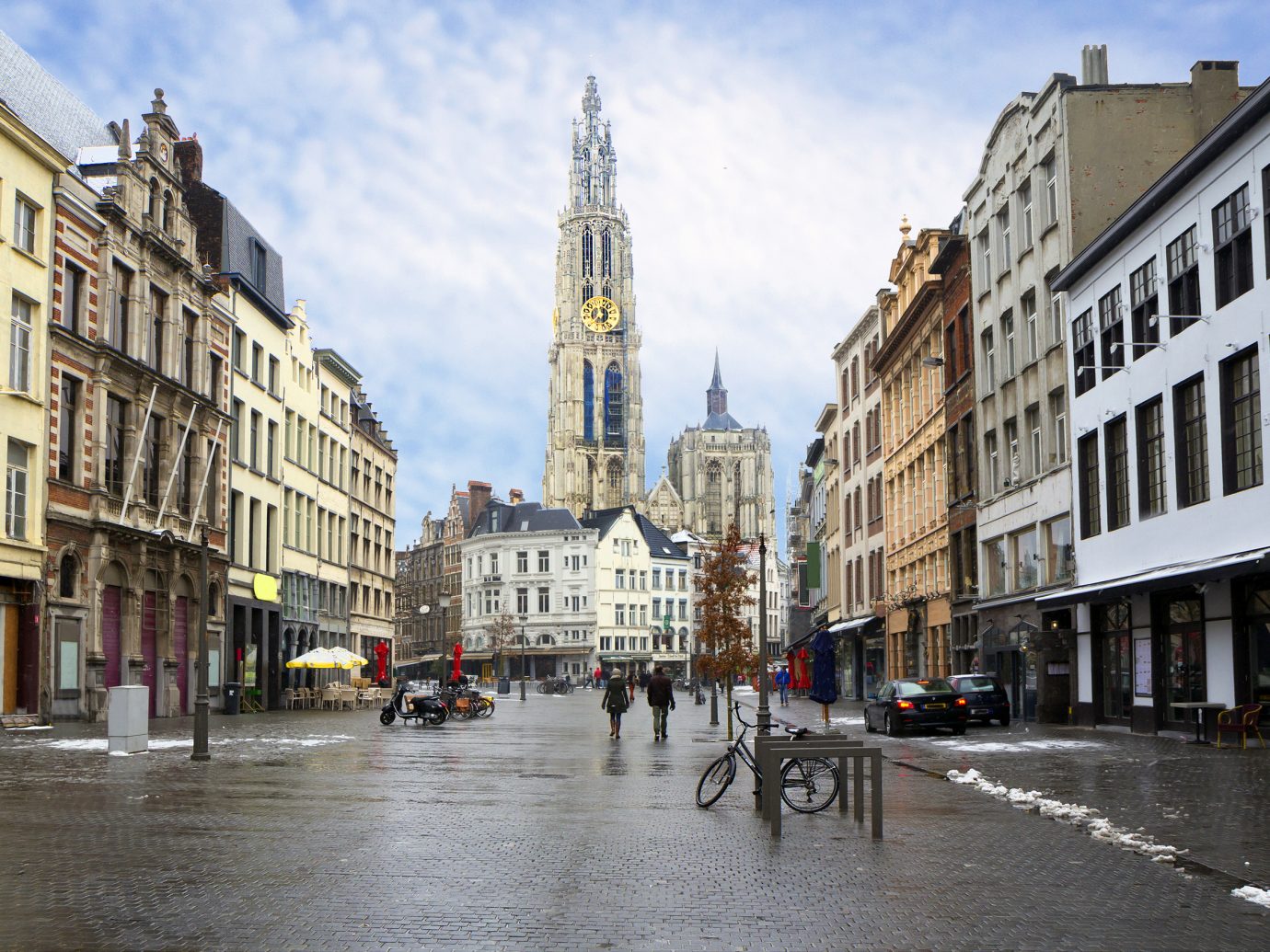
Antwerp, Belgium
As far as European design hubs go, it doesn’t get much cooler than Antwerp. Case in point: Flemish designer Axel Vervoordt’s 180,000-square-foot showroom dubbed Kanaal, which has revived an old malting distillery into a warehouse of creativity—Japanese post-war art, Le Corbusier chairs, Anish Kapoor installations—in addition to three art galleries, a food market, and an auditorium (among other things). After clocking in a few hours there, spend a few more at M HKA (Museum of Contemporary Art) before snapping an obligatory photo of the Port House, now crowned by an ambitious glass extension by Zaha Hadid. Hotel Franq, close to the city center, is a luxurious new addition to scene, with 39 rooms that are decidedly more "urban chic" than their building's neoclassical exterior.

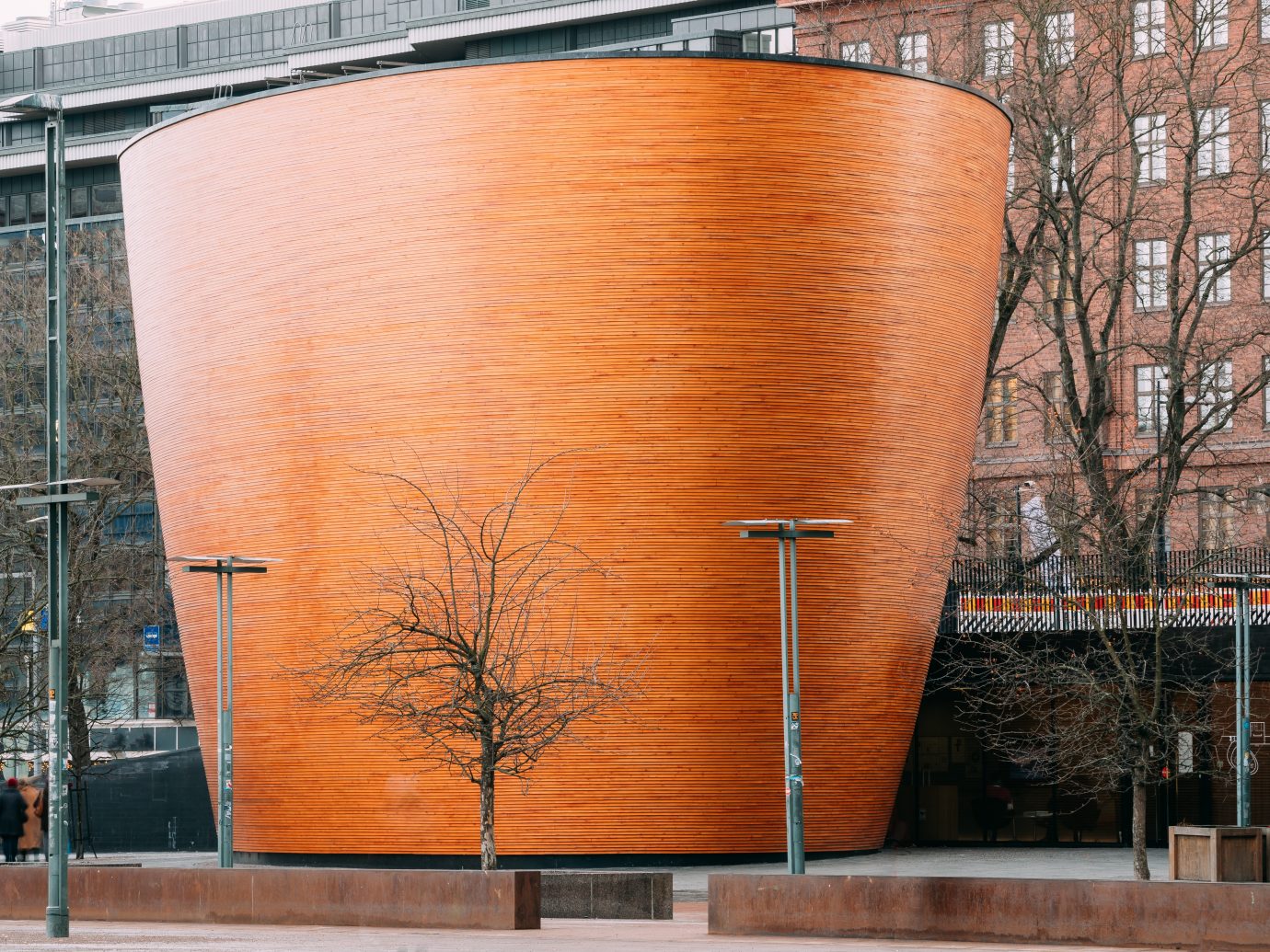
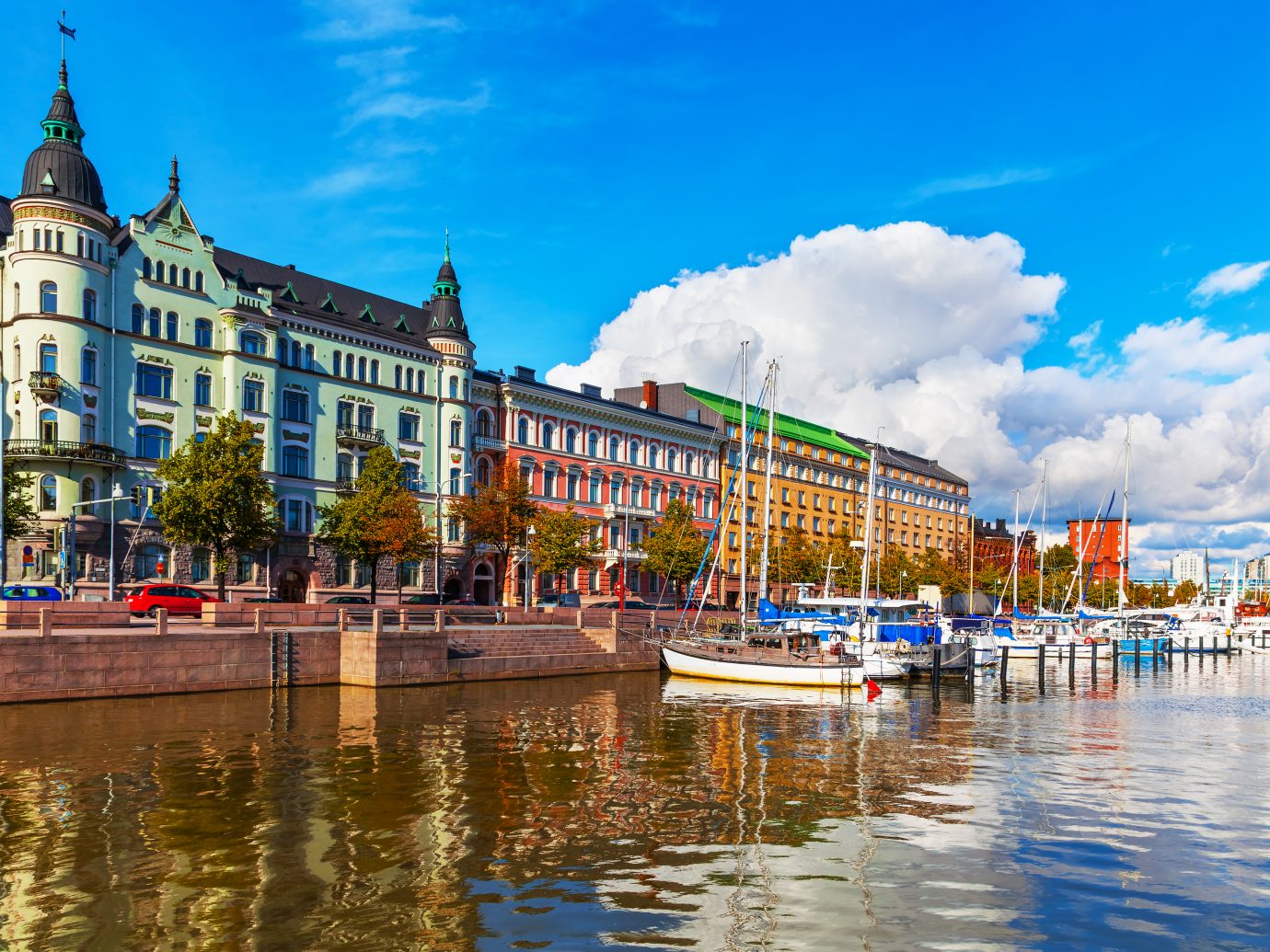
Helsinki, Finland
The whitewashed neoclassical architecture of Finland’s harbor town may have been modeled after St. Petersburg (they're just 186 miles apart, after all), but lately, the city's old-world charms have loosened their grip as a young creative energy takes hold. Today, Helsinki is becoming more and more a capital of design (this is the birthplace of Marimekko, after all)—just look to its dozens of innovative landmarks, from the Design Museum, Museum of Finnish Architecture, and Kiasma to the avant-garde architecture of the Kamppi Chapel of Silence and Finlandia Hall. After perusing the Design District’s more than 200 shops, galleries, and boutiques, rest your head (and feet) at Hotel St. George, the city’s newest style boutique whose building was overseen by the same architect as the Finnish National Theatre. (Psst—don’t miss the property’s personal art collection, which includes a lobby installation by Ai Wei Wei.)
RELATED: 9 Underrated European Cities You Probably Haven't Visited Yet, But Should
Explore More: See hotel details | See all Helsinki, Finland hotels
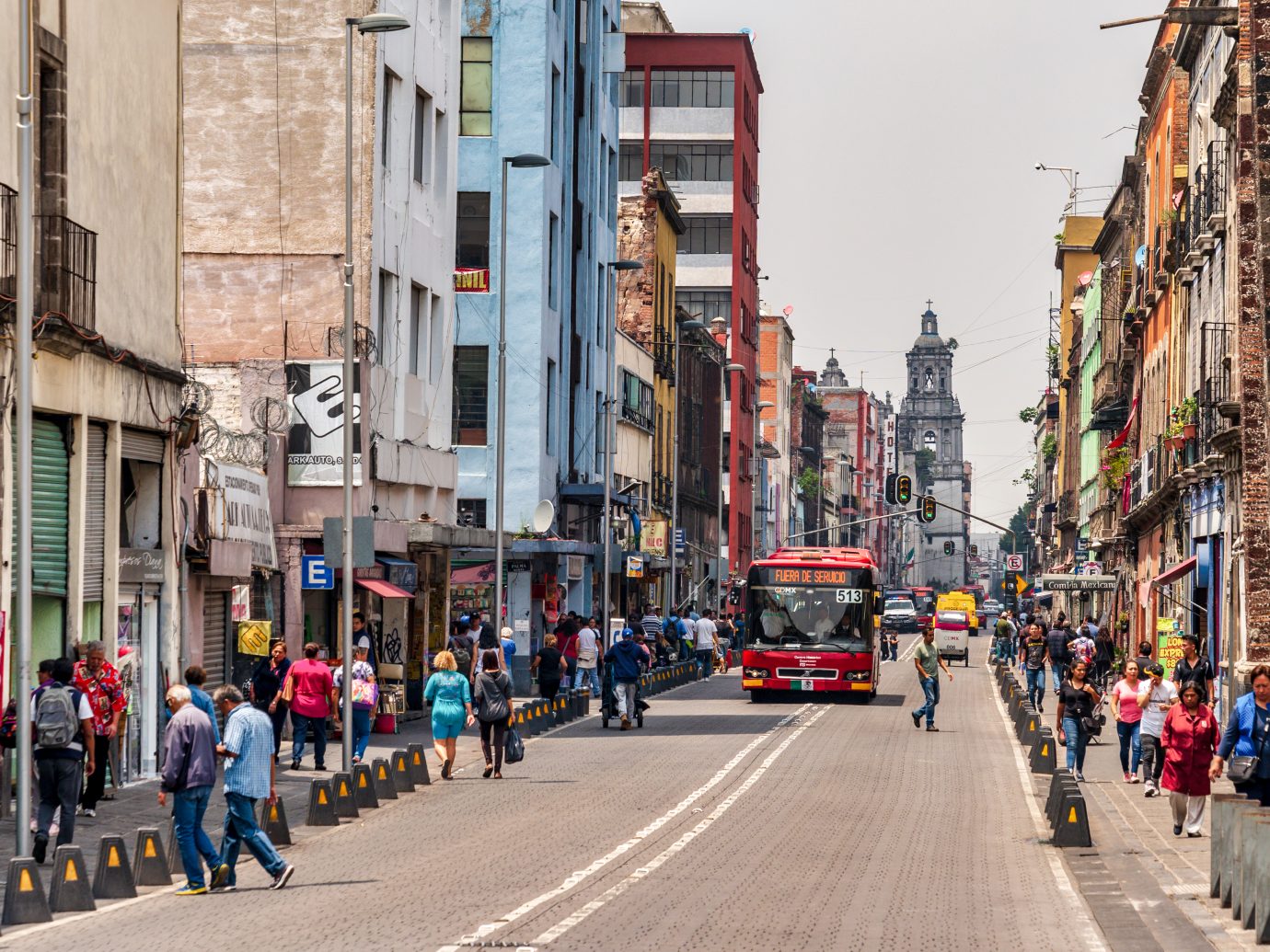
Mexico City, Mexico
In 2018, Mexico City earned the coveted title of World Design Capital—the first city in the Americas to do so. The fastest way to immerse yourself is to head to San Miguel Chapultepec, a neighborhood likened to Chelsea, Manhattan, because of its treasure trove of art galleries all within just blocks of one another. (Highlights include La Galería de Arte Mexicano, which supported Frida Kahlo in her day, and the collection of Cuban talent at Nina Menocal.) Nearby, you’ll also find Casa Luis Barragán, the Pritzker Prize-winning architect’s former home and studio known for its floating staircase and DayGlo-hued walls. Of course, you can’t say you’ve done an art tour of Mexico City without popping at least once into Museo Jumex and next-door Museo Soumaya—two avant-garde landmarks that changed the city’s architectural landscape (and the latter of which holds the most Rodins outside of France).
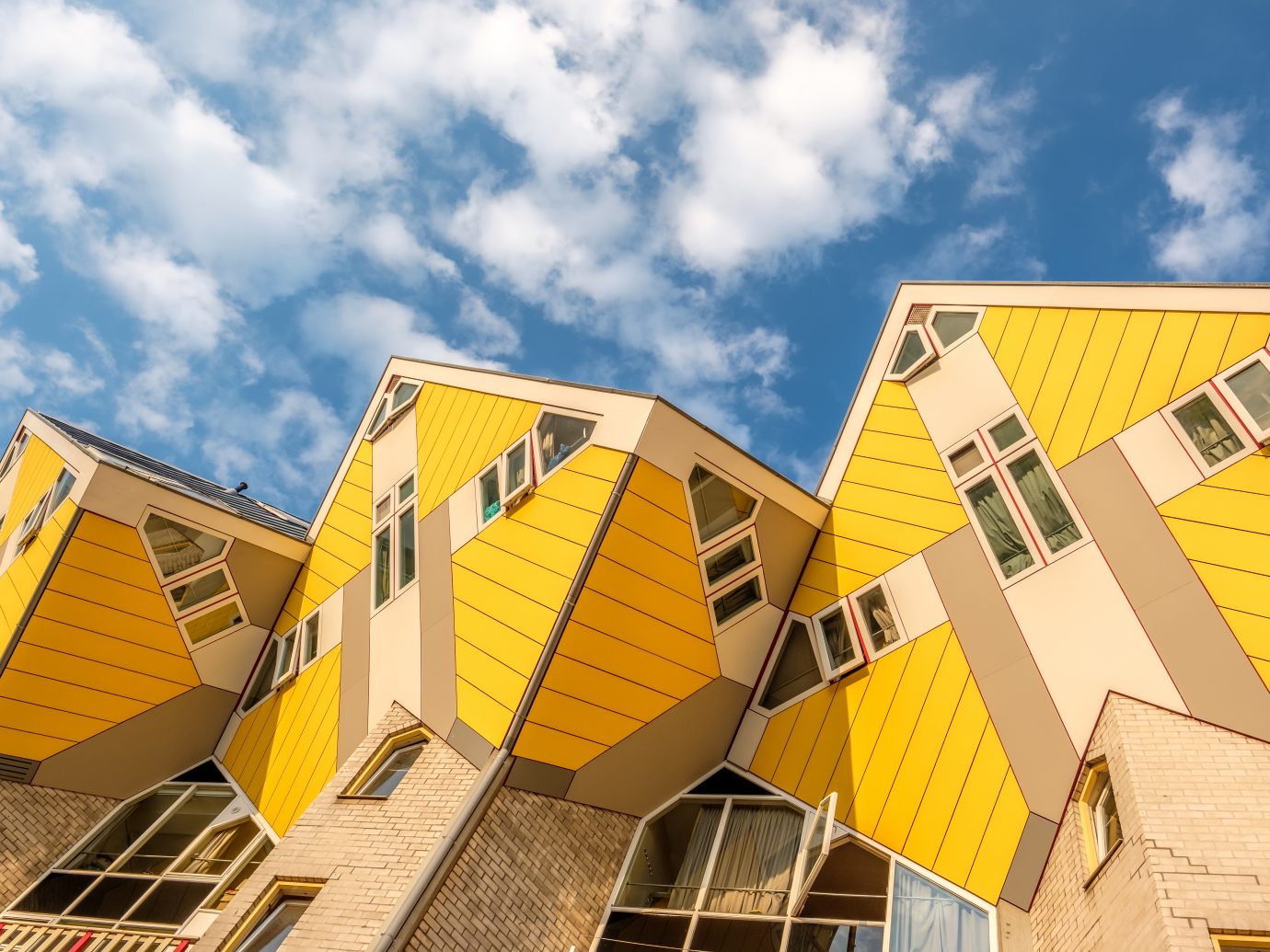
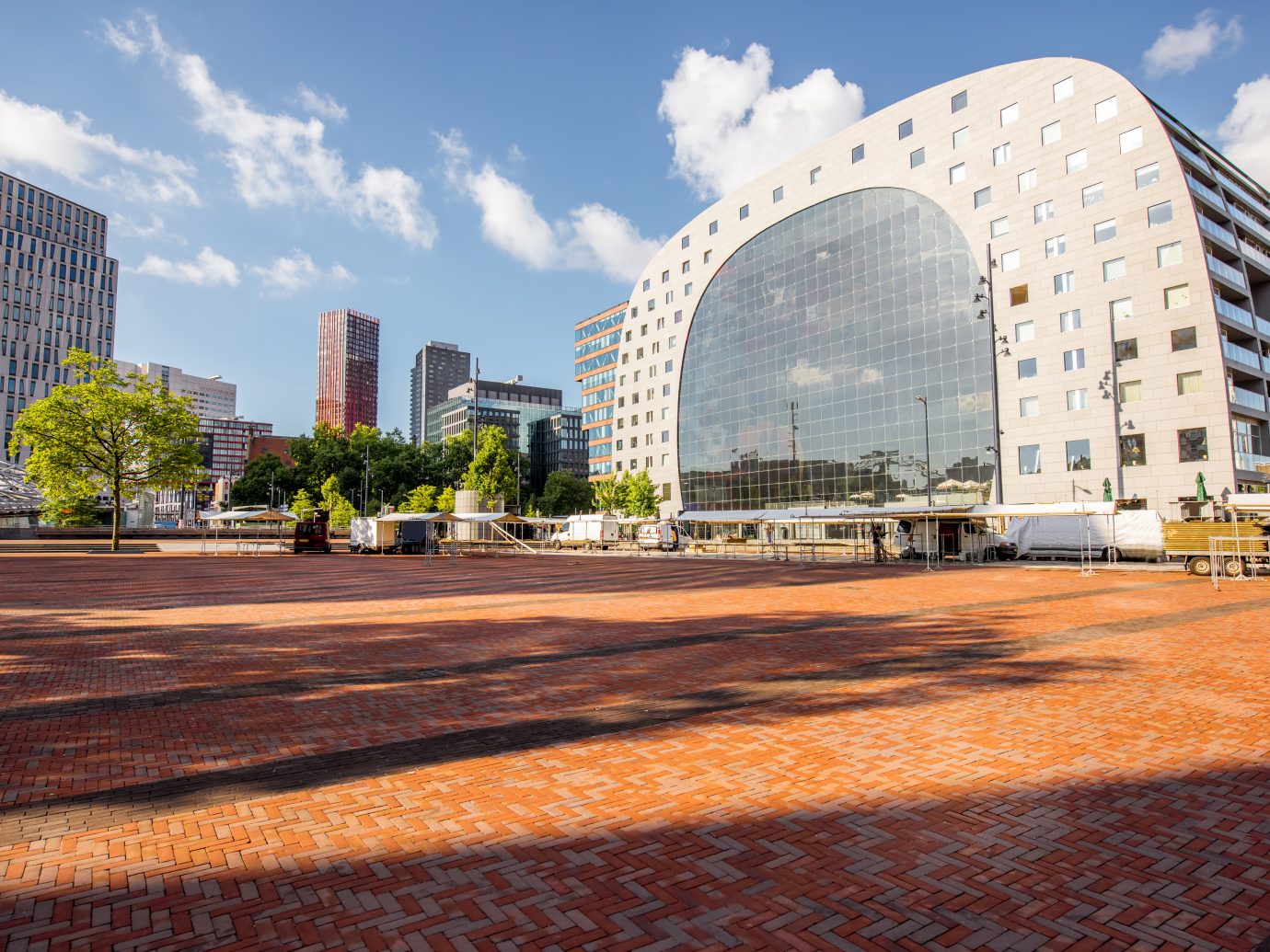
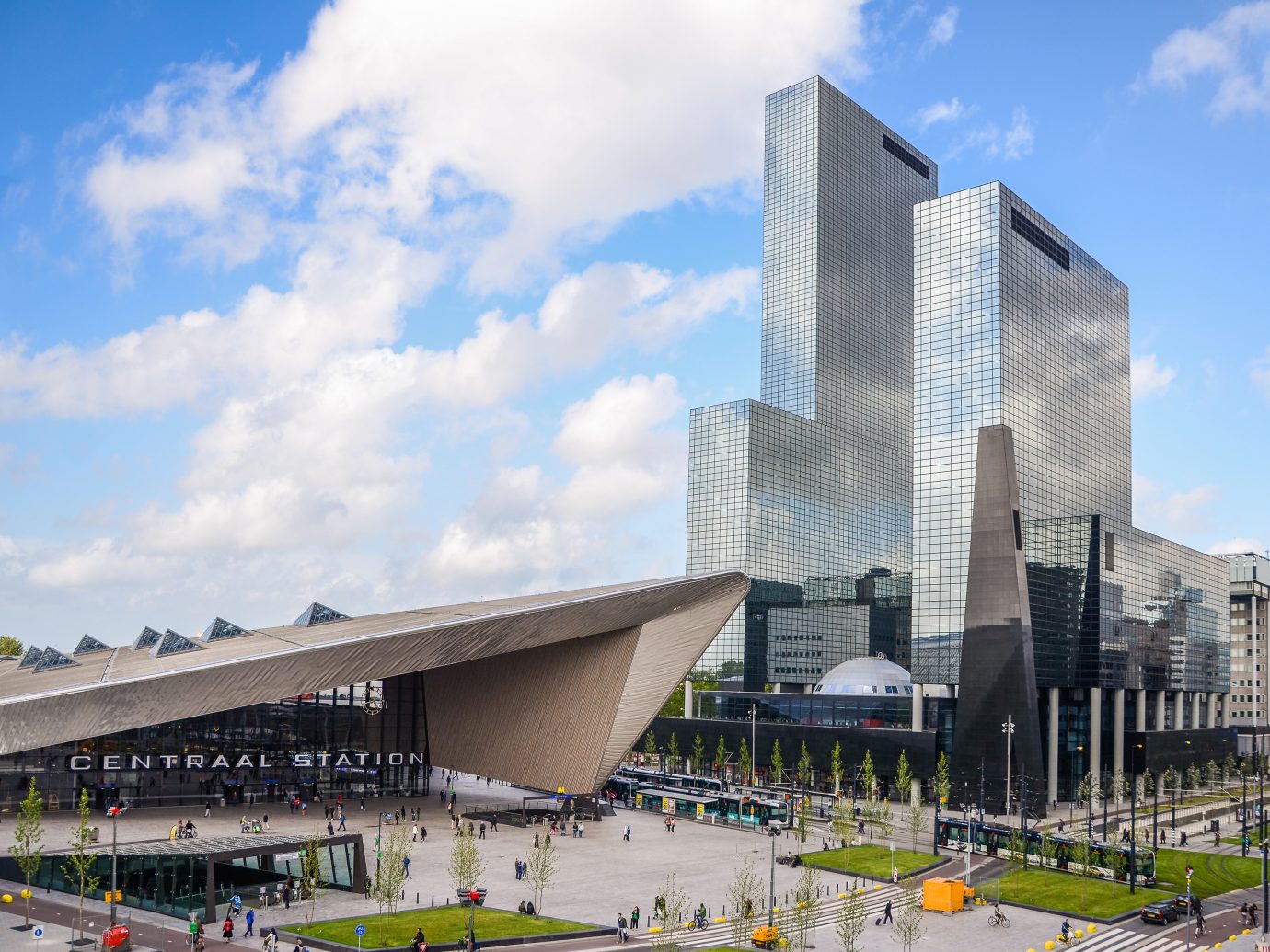
Rotterdam, Netherlands
Holland’s second-largest city has been hard at work reinventing itself since WWII into the global design leader it is today. Its urban skyline is now a mashup of high-design contemporary architecture overshadowing the city’s still-surviving windmills that house some of Europe’s most cutting-edge museums and markets. It’s always a toss-up whether Kunsthal Rotterdam or Museum Rotterdam will put on the season’s hottest exhibit, while Markthal, the main market, wows with its own design—a massive showroom built beneath a curving arch of apartments. Be sure to take a stroll by the Cube Houses, slanted cubic residences by Dutch architect Piet Blom that extend out over Blaak Street (you can even take a tour of one), before refueling in the renovated warehouse district of Westelijk Handelsterrein—a gorgeous spot to grab a meal.
Explore More: See hotel details | See all Rotterdam, The Netherlands hotels
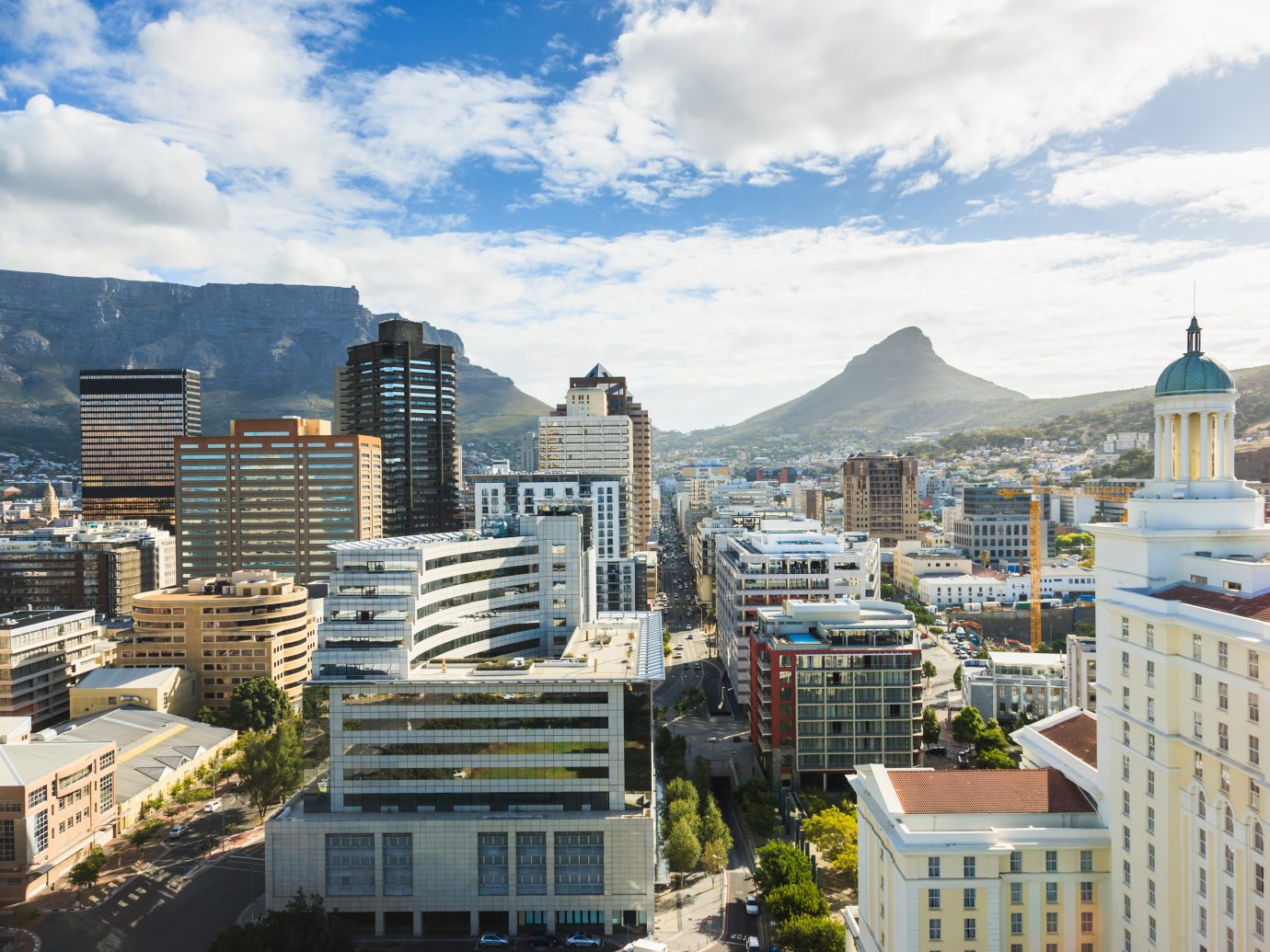
Cape Town, South Africa
Cape Town was never considered a design town. Beautiful, yes. Cultural, you bet. But design? That reputation was abrupted turned on its head with the 2017 debut of The Silo Hotel and, shortly after, the Zeitz Museum of Contemporary Art Africa (Zeitz MOCAA) inside a converted grain silo overlooking the V&A Waterfront—which had art lovers and design critics scrambling to see for themselves. The building’s concrete bottom half was deftly preserved, while the upper half (the hotel portion) was retrofitted with pillowed glass windows that afford guest rooms sweeping views of the city and Table Mountain. When it opened, the building became the world’s largest museum dedicated to contemporary African art—as well as one of the most exciting places to stay in South Africa.
Explore More: See hotel details | See all Cape Town, South Africa hotels
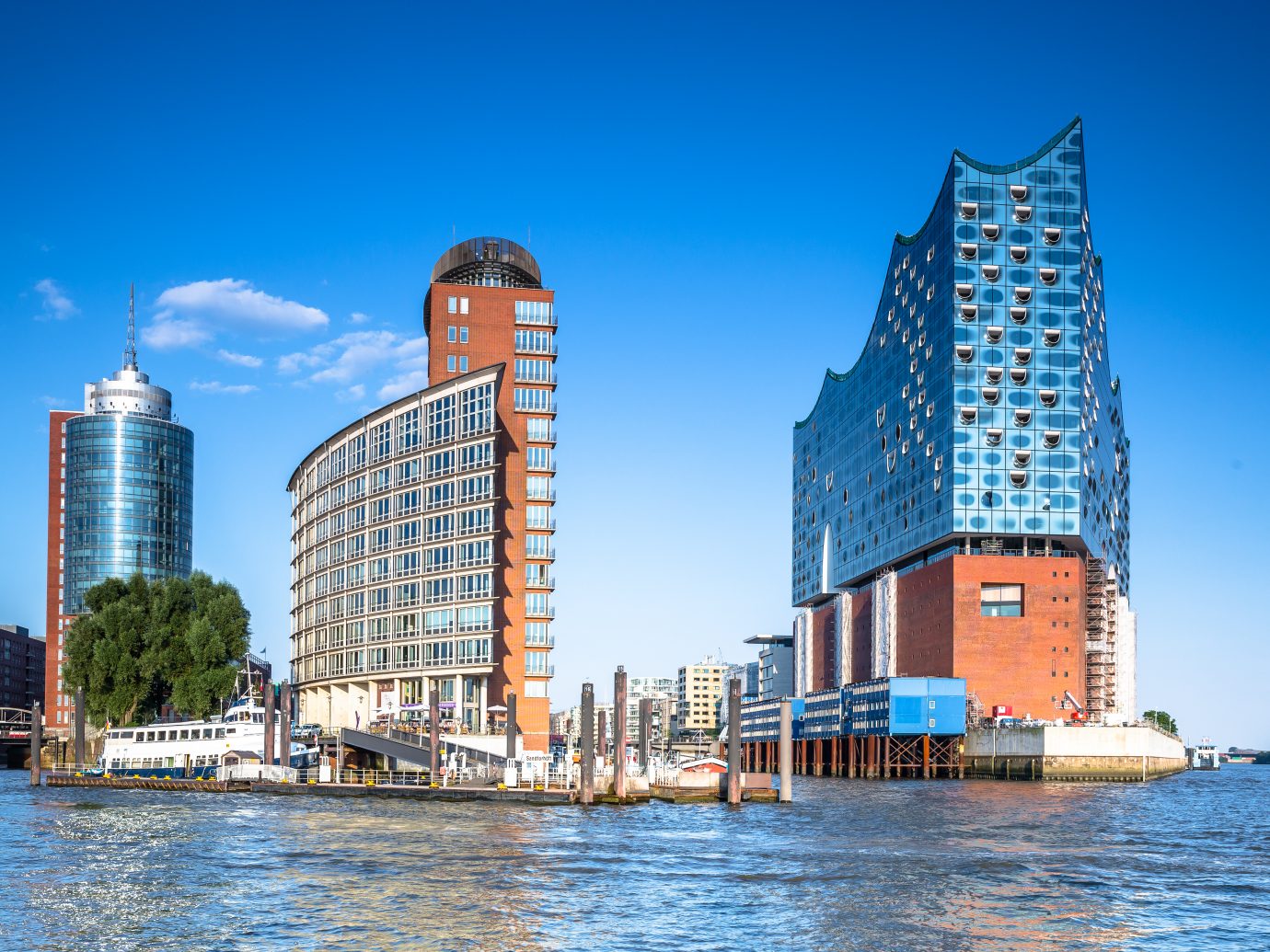
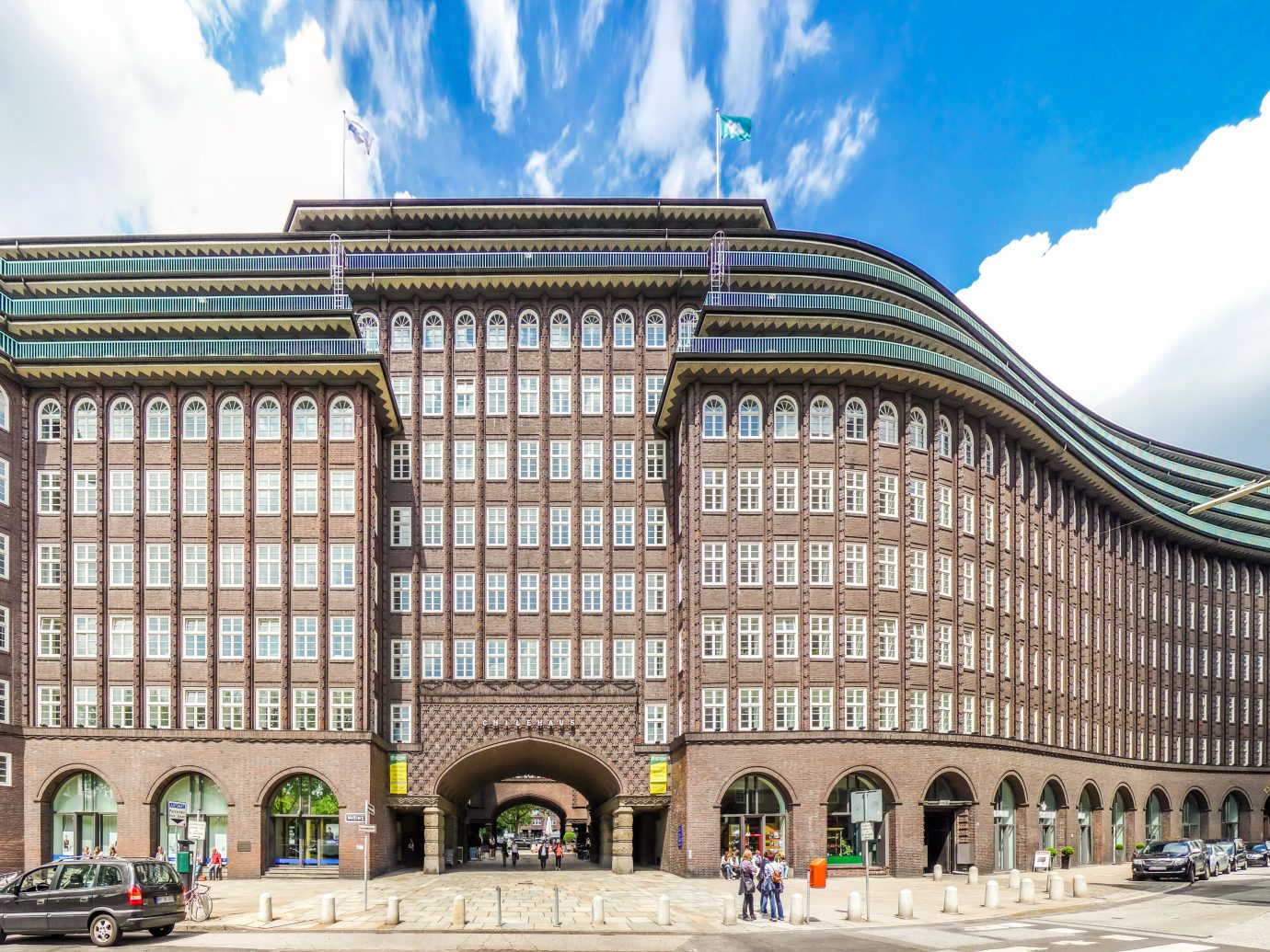
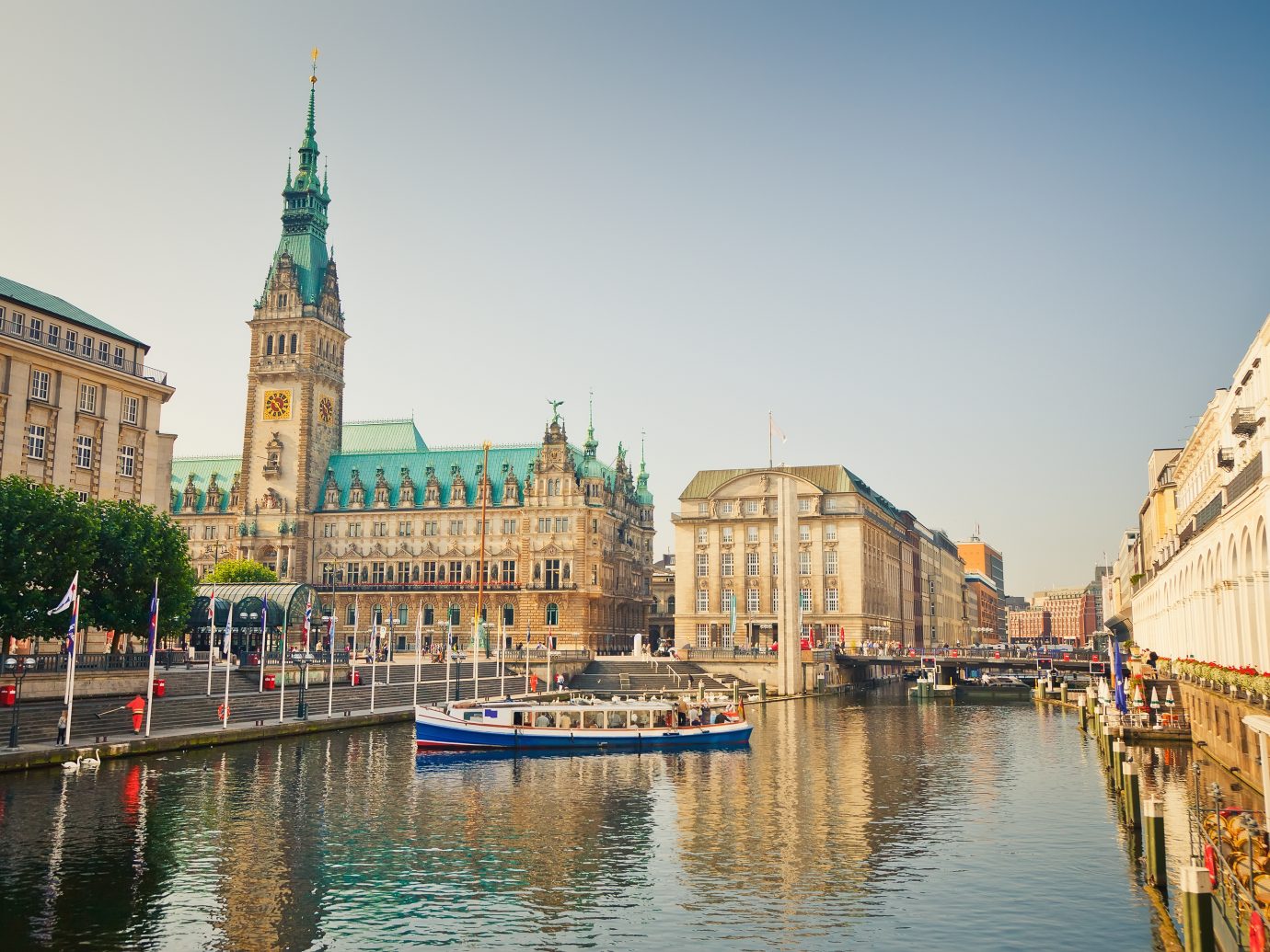
Hamburg, Germany
Hamburg has always been one of Germany’s hipper cities, but something else is happening. Recently, game-changing developments including the River Promenade by the late Zaha Hadid and Herzog & de Meuron’s futuristic Elbphilharmonie have transformed the city into an architectural playground. That momentum continued last year with The Fontenay, the city’s first new five-star hotel to open in decades. Designed by architect Jan Störmer, the property is a study in shape and texture: 130 rooms feature velvet headboards, leather benches, balconies overlooking Lake Alster, and not a single straight line anywhere.
RELATED: 8 Incredible Places in Germany to Add to Your Itinerary
Explore More: See hotel details | See all Hamburg, Germany hotels
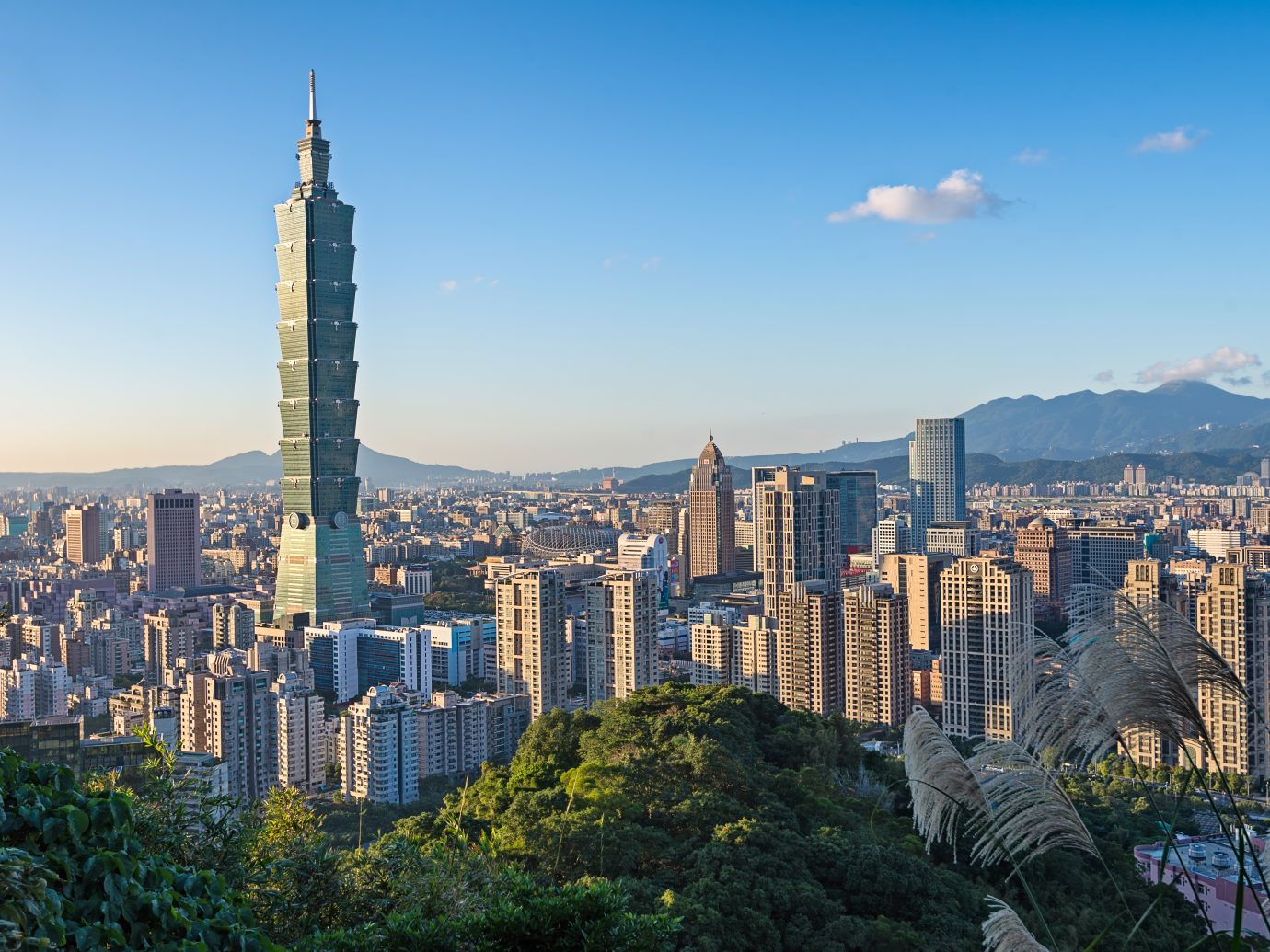
Taipei, Taiwan
It’s impossible to match the sheer magnitude—from their size to their global influence—of rival Asian cities like Tokyo, Hong Kong, and Shanghai, but Taipei is not to be underestimated. It’s impossible not to pay a visit to Taipei 101, the city’s most iconic skyscraper that resembles stacked Chinese food containers, but once you’ve checked that off, it’s time to see some local sights. Nearby is the Taipei Fine Arts Museum, which hosts the Taipei Biennial. For something a little more off-kilter, try Treasure Hill, which is choc-a-bloc with open studios and ‘gram-worthy installations, or Huashan 1914 Creative Park—a former winery that now hosts concerts, exhibits, and workshops with and for up-and-coming artists. Afterwards, retreat to Hotel Proverbs, a high-tech bolt hole known for its buzzy neighborhood bar and unbeatable location near Taipei's famous Liaoning Night Market—the place to try local street food.
Explore More: See hotel details | See all Taipei, Taiwan hotels
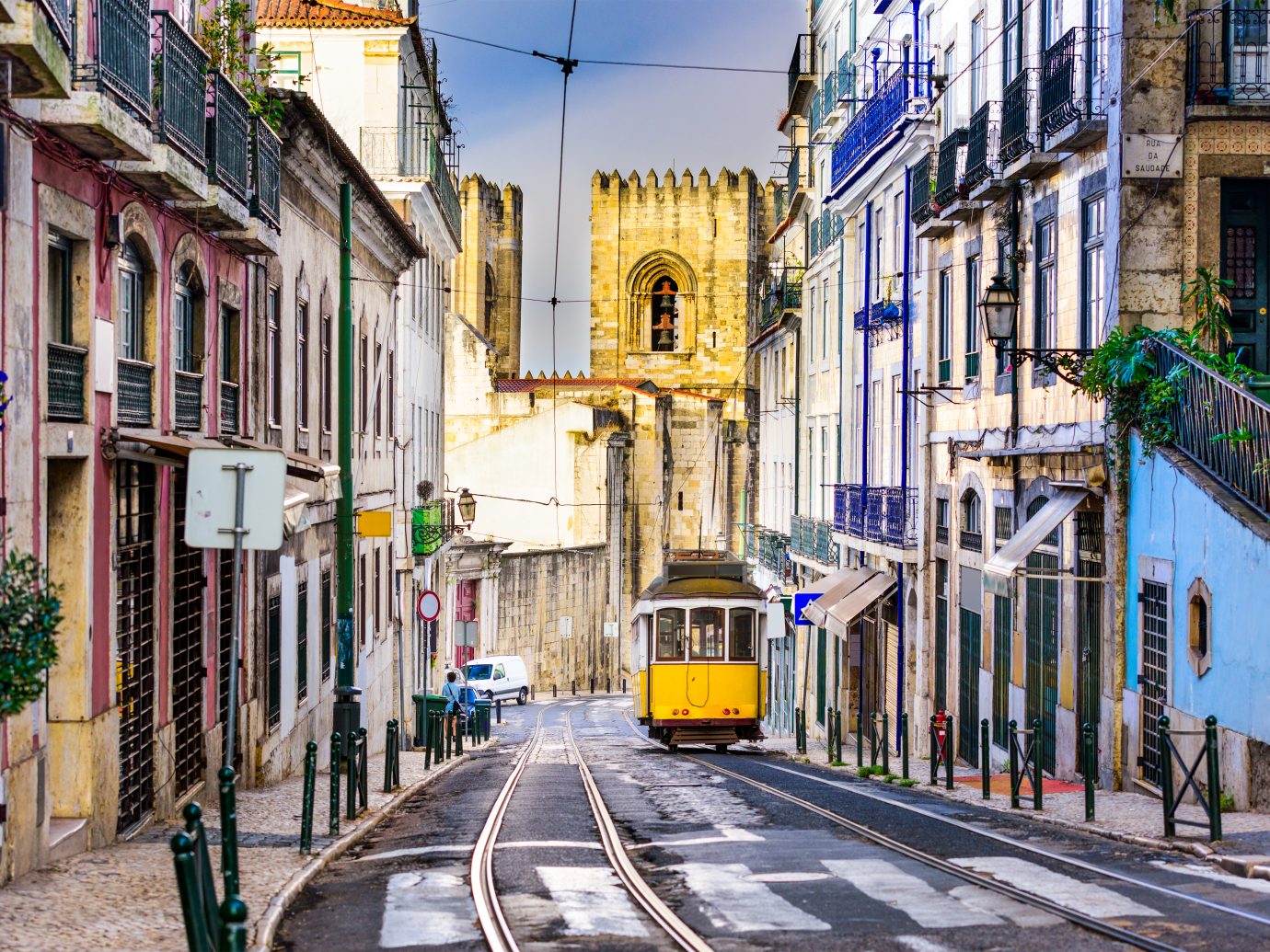
Lisbon, Portugal
There’s lots in Lisbon that will win you over—the perpetual sun, the innovative restaurants, the medieval neighborhoods, the sloping streets leading down to the waterfront—but lately, it’s the city's burgeoning arts scene we’re crazy about. The LX Factory, an urban complex in Alcântara, woos design lovers with its funky studios, boutiques, and Sunday pop-up vendors that sell handicrafts—almost the same way the MAAT Museum does, with its curvaceous white façade and rotating exhibits on technology and architecture. Another relative newcomer is the National Coach Museum, whose starkly modern building (courtesy of Pritzker Prize-winning architect Paulo Mendes da Rocha) seems almost out of place with the glamorous carriages it showcases. Continue the tour by checking into Santa Clara 1728, a beautiful six-suite boutique near the Feira da Ladra flea market.
Want more?
- The 10 Best Beaches in Florida (Plus, Where to Stay)
- 18 Essentials You Should NEVER Forget to Pack
- 9 Scandinavian Design Hotels We’re Completely Obsessed With
Comments
All products are independently selected by our writers and editors. If you buy something through our links, Jetsetter may earn an affiliate commission.
Become a Jetsetter.
Use our insider connections to know where to go and what to do.
By proceeding, you agree to our Privacy Policy and Terms of Use.
Thanks for Signing Up!

